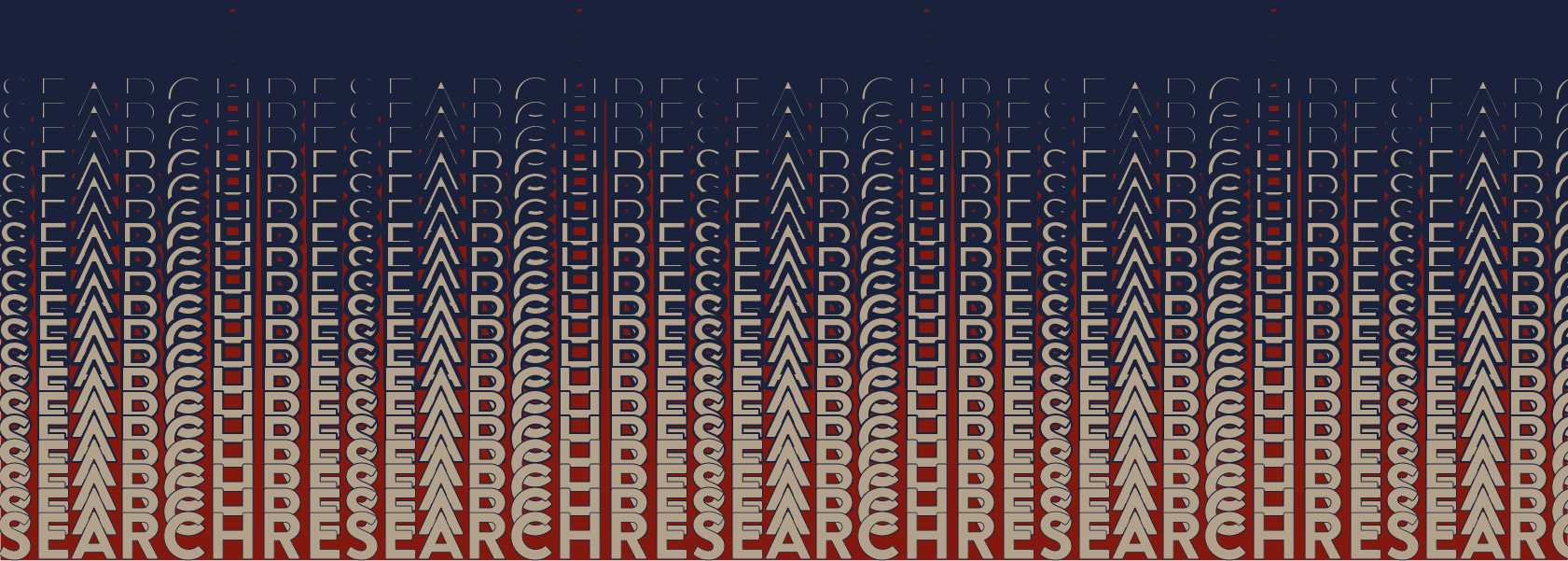Fully dissipative and easily repairable devices for resilient buildings with composite steel-concrete structures
Alper KANYILMAZ (docente coordinatore), Carlo Andrea CASTIGLIONI, Alberto DREI
Alper KANYILMAZ (docente coordinatore), Carlo Andrea CASTIGLIONI, Alberto DREI
Anti-seismic devices previously designed and characterized within RFCS Projects by the research group have been will further developed. Optimized structural systems have been proposed, with improved dissipation, reliability, and reparability features.
The project involved: a) assessment of the seismic resistance of single storey buildings (steel-concrete composite buildings) provided by the improved devices exposed to strong earthquakes (full-scale pilot test using a shaking-table); b) application and provision as “instructions for use” of systematic post-earthquake repair and reassembly procedures; c) examination of the ability of repaired systems to resist strong earthquakes; d) quantification of economic and environmental benefits and improved resiliency properties of the proposed systems (Life Cycle Cost Analysis and Life Cycle Assessment) in view of their commercial exploitation in the construction market.
DABC role
• Project coordination and monitoring.
• Design of steel-concrete composite structure case studies with dissipative components and systems.
• Design of full-scale pilot test (shaking-table) specimens.
• Numerical modelling and calibration of pilot-scale steel-concrete composite buildings with dissipative components and systems.
• Numerical simulations (3D nonlinear transient dynamic analysis) of multi-storey buildings and parametric studies.
• Preparation of design guidelines and worked examples.
• Contribution to LCA and LCCA.
Partners
Instituto Superior Tecnico, National Technical University Of Athens, D. Sofras - Masina Team Sa, Universita’ degli Studi di Trento, Rheinisch-Westfaelische Technische Hochschule Aachen, Rina Consulting - Centro Sviluppo Materiali Spa, Universita di Pisa

